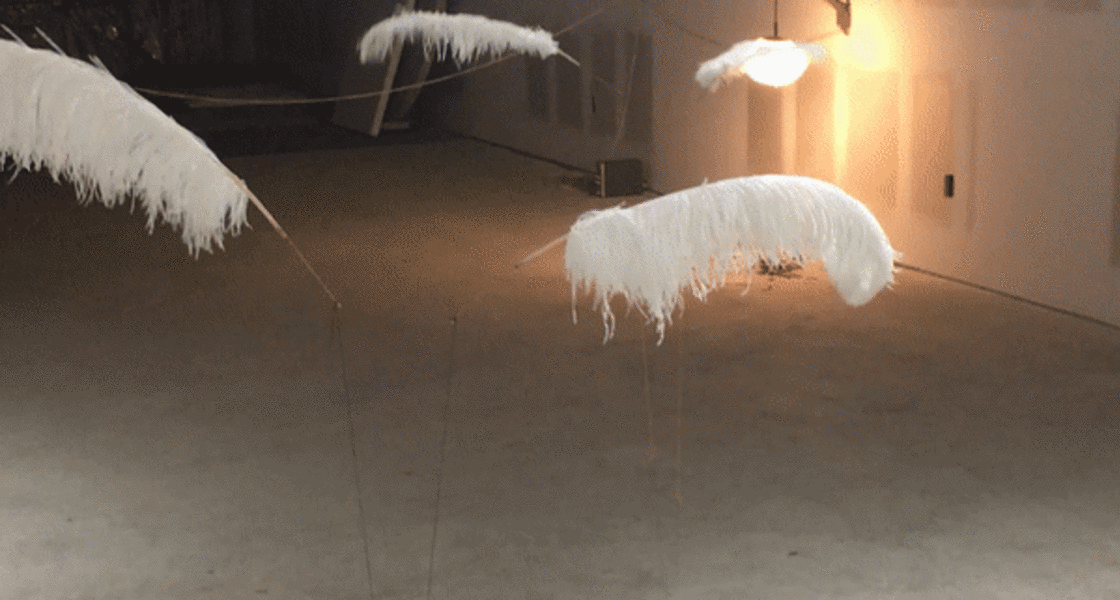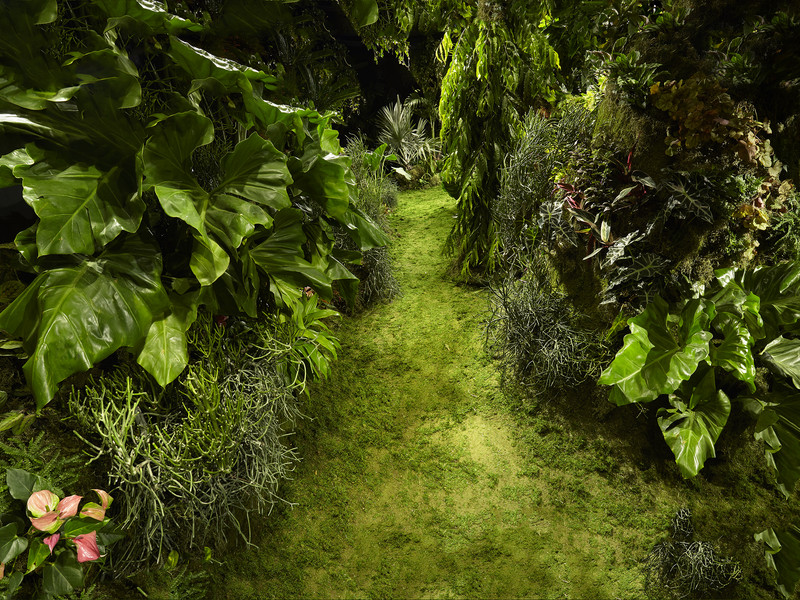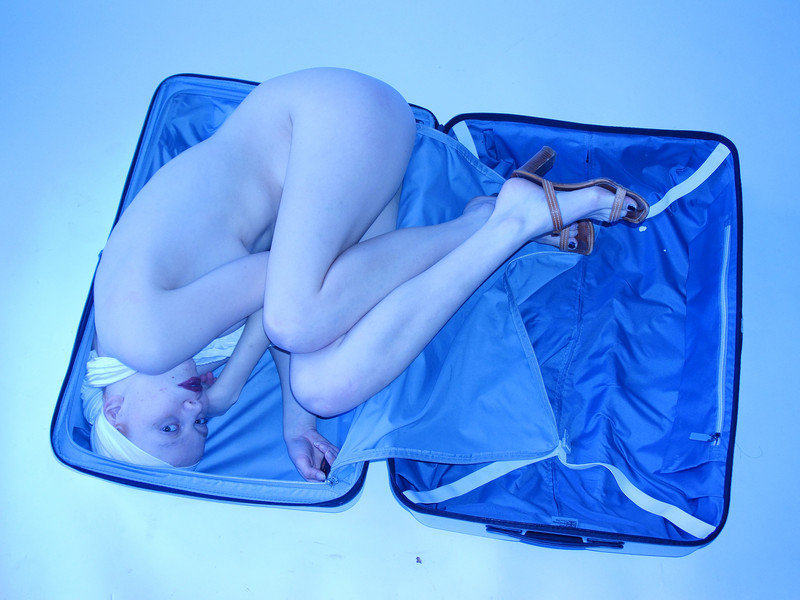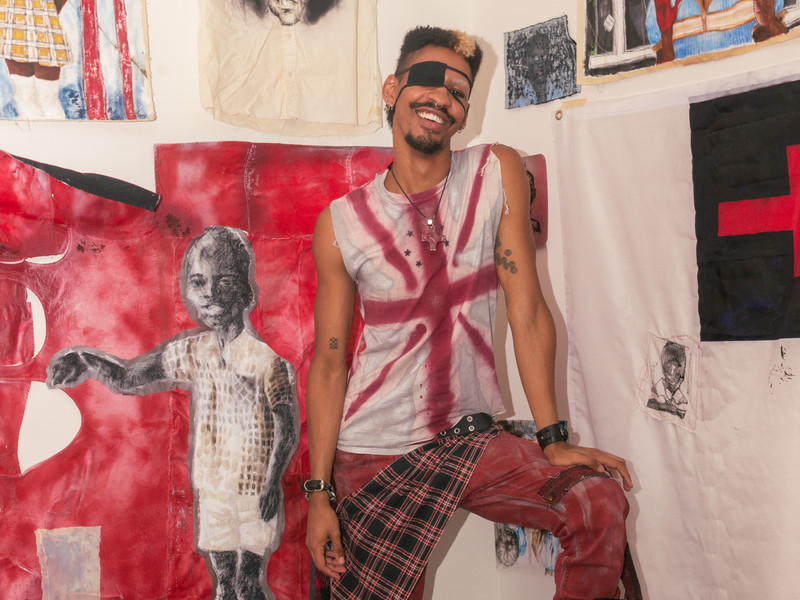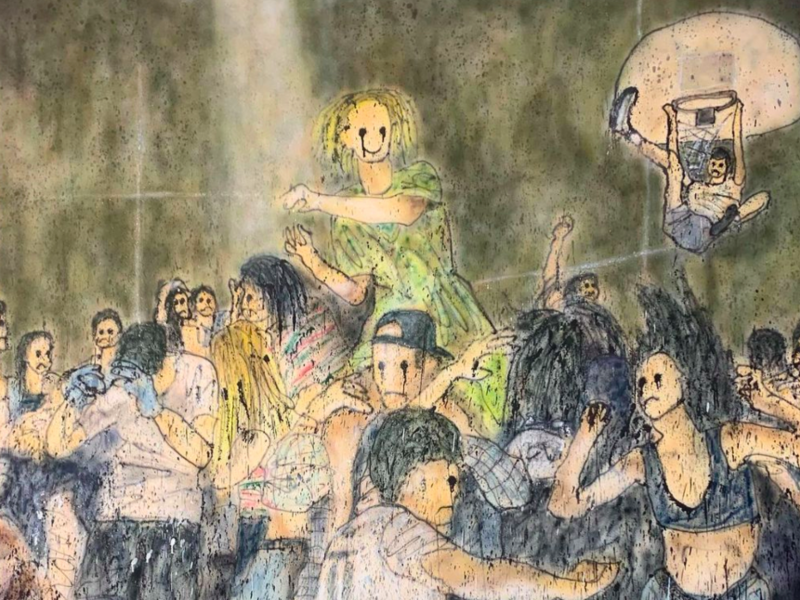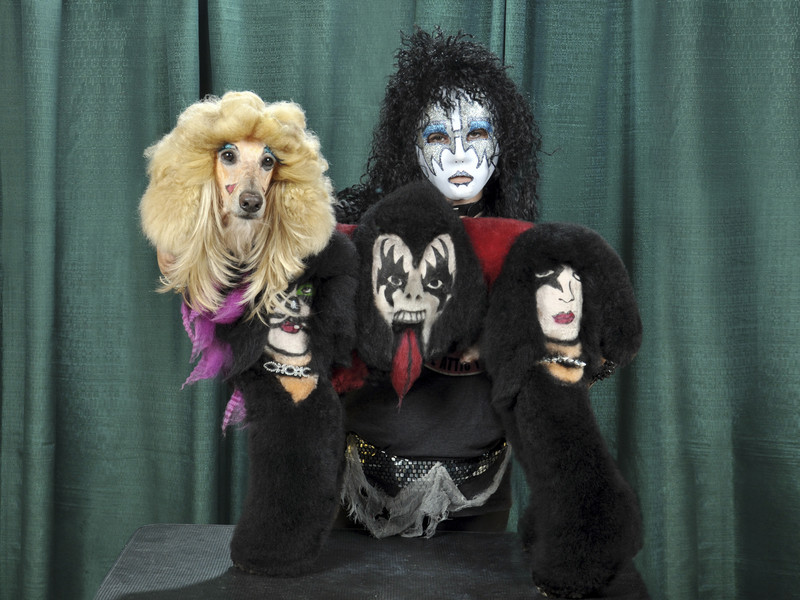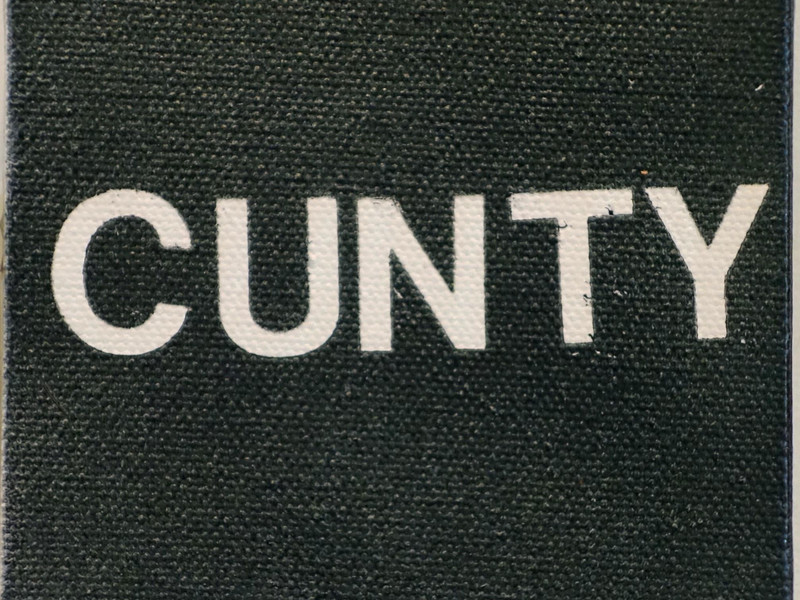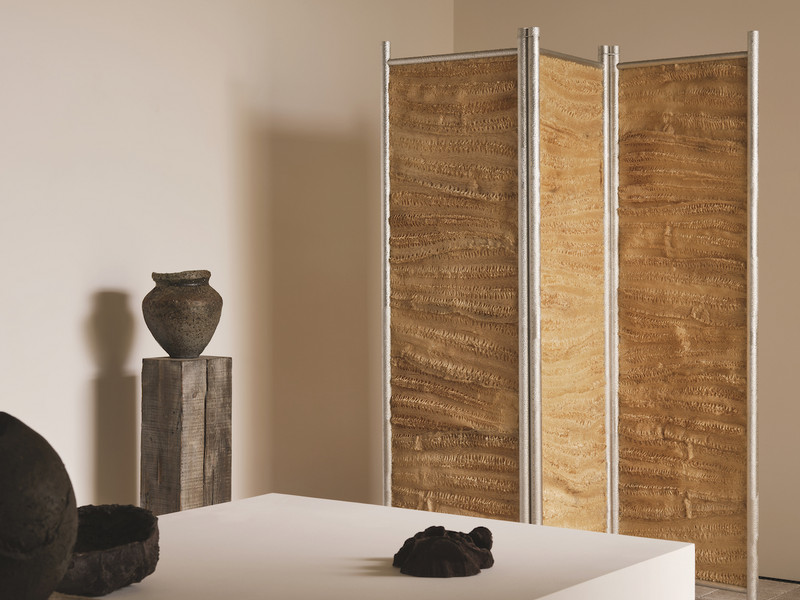Made by the Mad Scientist
White ostrich feathers bobbed up and down ever so slowly; a freakish wind-up toy continuously smeared still-wet white paint on the floor— it was here in the loft space that I bumped into the artist himself, Han Jinsu, making a racket that I assumed were the motorized sculptures.
This chance encounter with was entirely in the theme of the show, and we talked about randomness, the artist’s competitive childhood in Korea, and the maddening ticking of clocks.
- Interview and media by John Martin Tilley
Where are you from?
I’m from Korea. ...But I studied in Chicago for three years… I forget the name of my school! The Art Institute of… Chicago.
So tell me about your art.
Oh! That is such a big question!
You said that this one here is a toy… Do you often use toys?
This is actually about typical Korean children’s memories. I’m following that, and because of that I’m here. At that time, the Korean situation was being forced to develop, the country was very poor, so when I was growing up they needed people to be very competitive — we didn’t have any natural resources, so we just focus on the human. They said, “Yeah, be a scientist! be the best!”
So you studied science?
Yeah. I just studied [general science] because everybody loves science... It didn’t matter what kind— mathematics, science, anything.
Do you feel like that comes through in your art?
Yeah. I don’t know why I’m interested in moving things, but I really love to play with small, working pieces. When I was a kid I would break things and take them apart and build them up again — it’s a normal kid thing, I’m not special but when I did it people said, “Oh, you’ll be good at science!” So that’s the beginning of this work. This is a symbol of my childhood memories, it’s like a festival — there are many festivals all year long in elementary school where they’d say, “You are the black team, you are the white team.”
So like a sports festival?
Yes, like sports. But I didn’t like it — yesterday we played together but today you are my opposite side, so we are in competition, something like that, always this high level of pressure for me.
How does that connect to movement?
I want to make something living. I also think everything in the world, everything in the cosmos is actually changing. We don’t realize it, because sometimes it’s too slow, sometimes it’s too fast. So, changing means reality to me — even my clothes are changing right now because of time, just a little bit, a very tiny amount of things rubbing off, getting ruined. Everything is getting ruined. Really, what doesn’t change?
Nothing stays the same.
My life, I should be like that — change should follow in my life. My goal is to change now, so I should move easily, I should accept the changes, don’t be afraid, take it slow.
Do you use clocks a lot? Is there a comment on time?
I love watch parts because they are so delicate. You can pick up the very small changes, possibilities, this shape, this delicate little shape means there’s a chance to pick up on the really small things. This little piece has a special feeling, it’s so complex and small, it gives a different feeling than another piece.
So you decide based on how you feel toward each little piece on how to build it?
I just pick up the material and throw it away. It’s just random things. There’s no special shape to broken things, so if you just throw it away it’s okay. Some parts look like an old toy — actually that isn’t really a toy I just think it looked like one — there are pieces from an old grandfather clock, all sorts of things, I find them on them everywhere. It’s easy.
...[Or, at least] easy to approach. Some artwork needs some distance to get the proper feeling. I don’t like that, I like things more soft, more random, regular things, more chance, I think it’s more real. Like on the street. I face this every day on the street — these random decisions.
